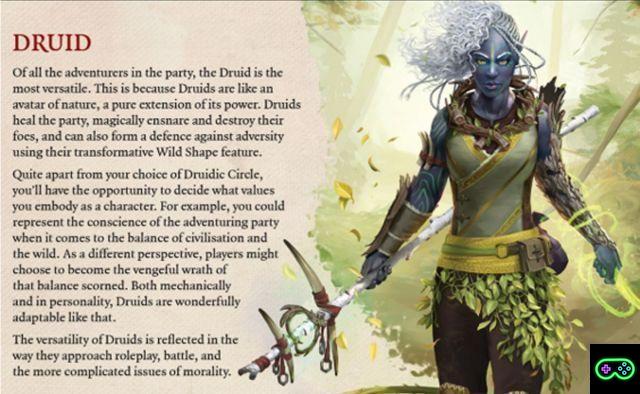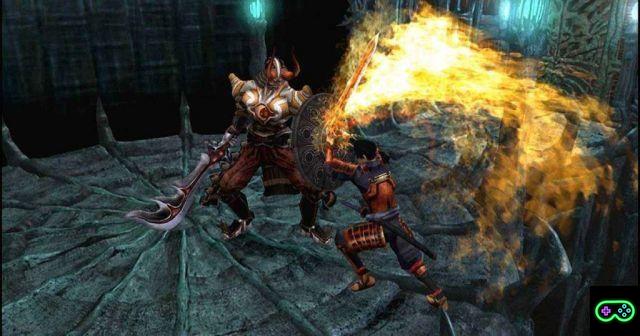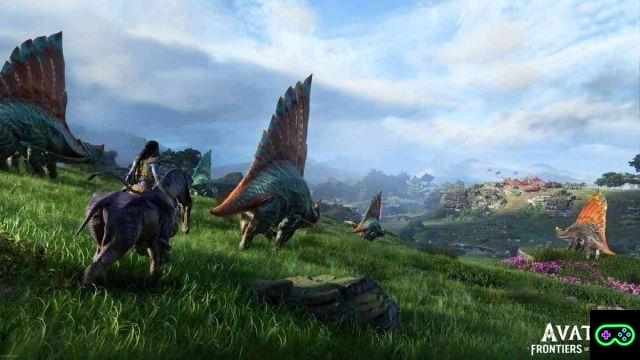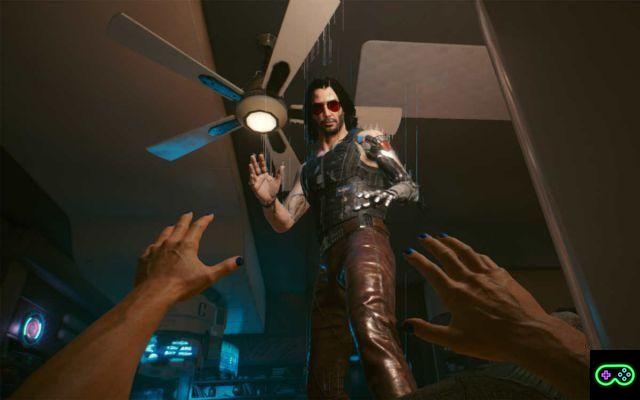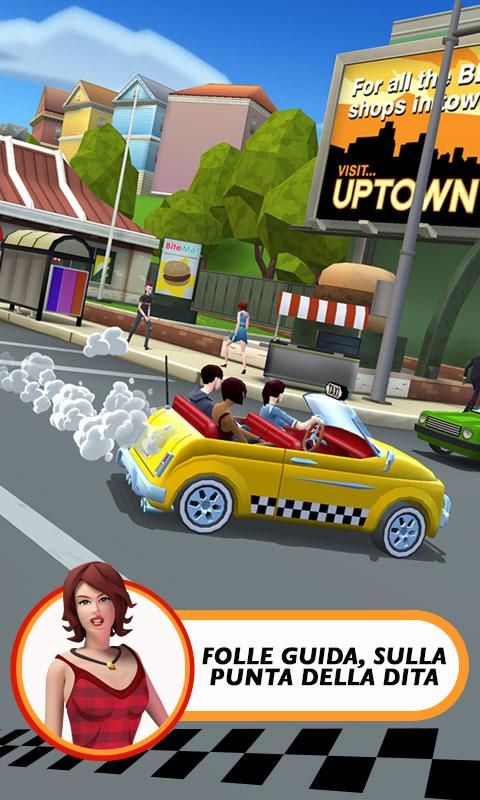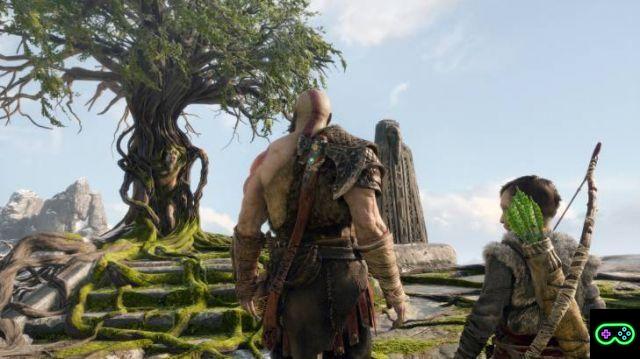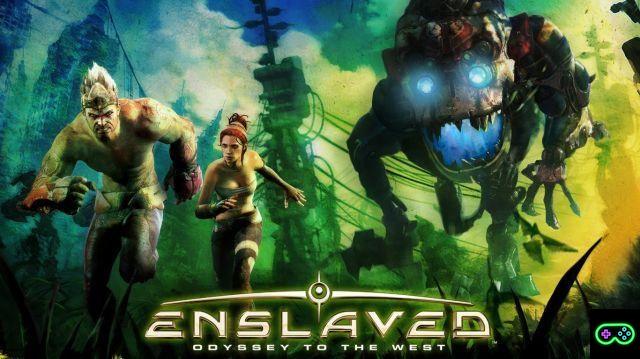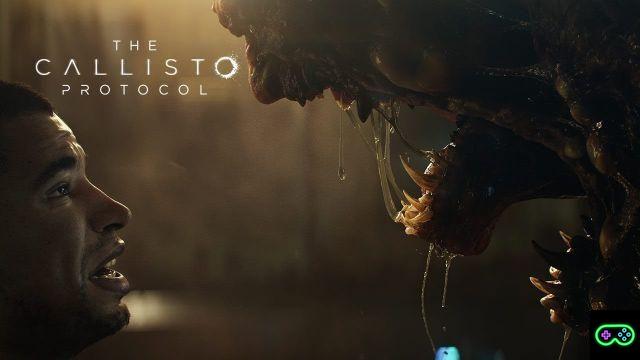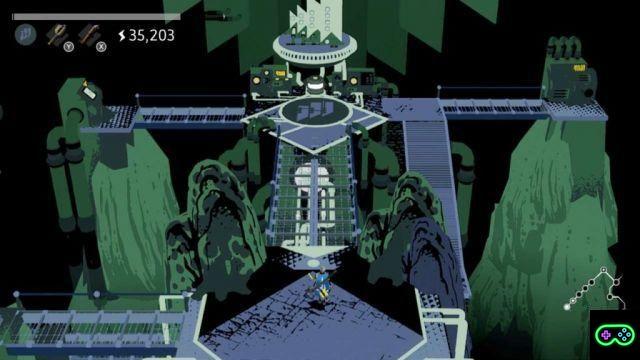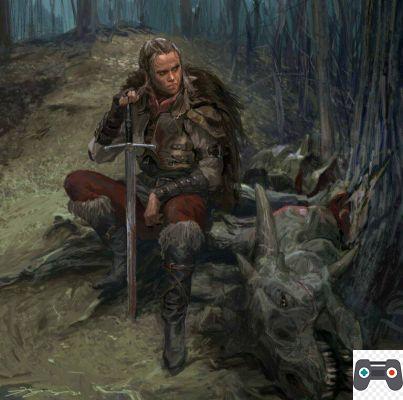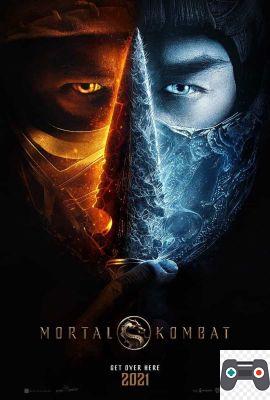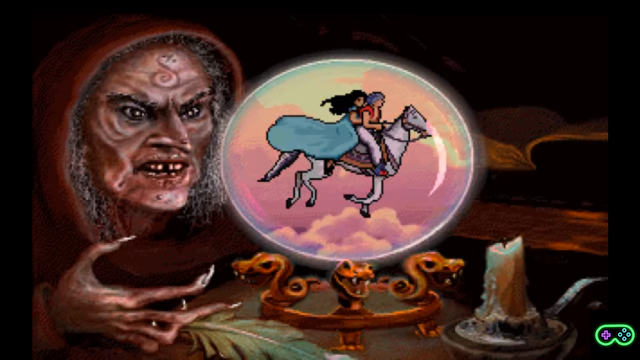It is useless to hide behind a finger: the post-Soviet imaginary is still today something incredibly fascinating, able to make many players fall in love.
Videoludically speaking, that's all started over ten years ago when a small group of very talented programmers, such GSC Game World, released a very atypical first person shooter for those times.
The first STALKER (called STALKER: Shadow Of Chernobyl), although not directly connected with the most famous cinematographic masterpiece of Andrei Arsen'evič Tarkovskij, was a video game capable of representing a unique starting point for several separate entities: the birth of the Soviet post as a setting within the videogame imaginary.
Videoludically speaking, the work of GSC Game World presented itself as an interesting ibridle with deep mechanics (and countless bugs) between a first person shooter and a more common role-playing game. Not unlike the Vampire The Masquerade: Bloodlines by Troika Games, the GSC title over time has acquired a niche of passionate gamers by also producing two honestly successful sequels such as STALKER: Clear Sky e S.T.A.L.K.E.R: Call Of Pryprat.
In parallel, another video game manufacturer has decided to catalyze the popularity of this genre of setting to bring to the screen the videogame transposition of a series of Russian novels. Dmitrij Gluchovskij: thus was born the saga of Metro 2033, less role-playing than STALKER but perfectly capable of capturing that kind of sensations.
A few chapters of Metro later and, above all Escape From Tarkov, we find Chernobylite, today the protagonist of this article. Despite its first-person shooter appearance, the title developed by The 51 Farm (software house with veterans inside who worked on People Can Fly at the time of the splendid Painkiller) has a well-defined soul and, above all, very far from banality.
Backed by a Kickstarter campaign it went pretty well, with over $ 206.000 raised (when the goal was only $ 100.000) Chernobylite prepared to go out on PC, PS4, Xbox One, PS5, Xbox Series X/S e Google Stadia in the middle of exact 2021.
Despite a certain delay on the roadmap that had seen it on the shelves for a few months, the extra time given to the developers to us españoles did a lot of good since it allowed the realization of a convenient translation, perfect to help us in the decision making process. that permeates every single inch of this title.
Let's go and find out together
Chernobylite, this unknown
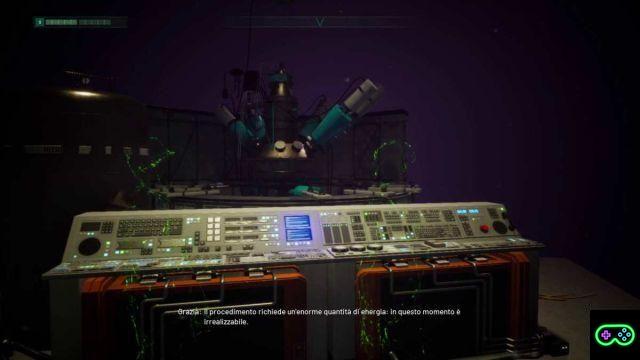
Chernobylite is, by form, a first person shooter that immediately deceives the player by presenting himself almost as if he were any STALKER.
Nothing more wrong. From the main menu you immediately notice that there is something strange compared to normal FPS productions: a free mode.
From there you can already guess something: Chernobylite it is not a normal story driven shooter but it is more a product with multiple shapes, which hybridizes different genres in a more crude way than others, still obtaining a very pleasant result.
Selecting new match you are catapulted into a narrative, that of Igor and his mission to search for ex-girlfriend Tatyana in the area around the well-known Chernobyl nuclear power plant. Igor, a former employee of the nuclear power plant, in the very early stages of the game enters the corpse of the nuclear power plant in search of chernobylite, a mysterious material which can be used as an energy source.
The first visit of ours, twenty minutes after we started a game, unfortunately ends in a bad way: one of Igor's collaborators is eliminated by a mysterious figure fully armed and able to travel between dimensional portals, the same ones that our protagonist can recall using a special weapon needs the aforementioned Chernobylite. Full of doubts than ever, ours and his only remaining comrade retires to an old warehouse just outside the area.
Unity is strength
Here comes the first surprise: instead of throwing the player back into the exploration, our fellow soldier pulls the handbrake. Since it is useless to try to attack the control unit from the front, thanks to the presence of a faction called NAR fully armed and on average very dangerous, it is nyou need to get organized.
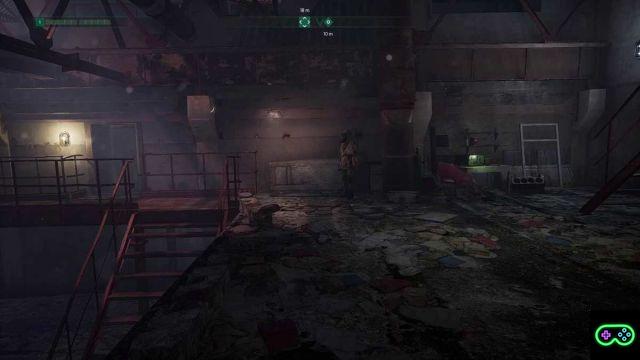
The player will then be called to build a real base recruiting, from time to time, fellow soldiers within a series of locations surrounding the plant. Recruiting a new fighter, however, will not only mean having more chances of attacking the power plant head-on and winning, but it will mean having to deal with a new personality from his needs and desires. Chernobylite puts in front of the player a managerial spirit, where it will be needed manage the instrumentation of the base and its staff on the basis of different parameters.
Every day will be needed go on a mission in one of the various areas around the control unit in order to obtain the resources necessary for survival, be it food, ammunition, weapons or materials. Both the player and his subordinates can be sent on missions to different areas, in order to obtain the aforementioned resources that will be the fuel for the improvement of their base.
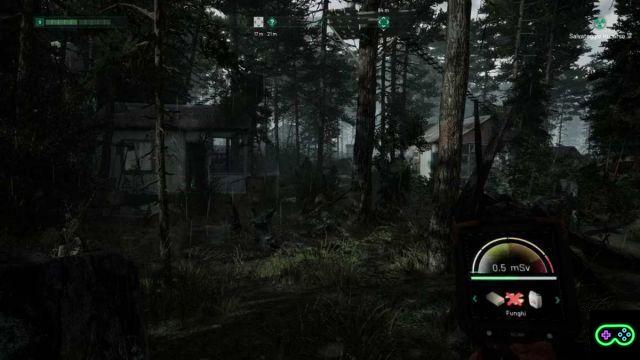
Chernobylite immediately reveals a certain emphasis on the necessity and usefulness of its crafting mechanics: the player, both on and off the base, will be able to build a series of structures with multiple functions: from the campfire (excellent for preparing some medicine on the fly) to progressively more complicated traps. In the later stages of the game it will also be possible to build tools for atmospheric control, in order to keep one of the main enemies of the experience at bay: the environment.
The player is immediately made aware of the danger of the environment in which he moves: the radiation, treacherous and invisible, are able to significantly damage one of our parameters and can only be warned through a special tool. There is not the elegance of the design of the anomalies of STALKER to be clear but, especially in the more advanced stages of the game, the presence of radiation and the general hostility of the setting forces the player to intelligently exploit the environment around himself to better manage and control opponents.
In the field, in general, they exist two types of enemies that can be faced: human opponents (belonging to the NAR or some other dangerous faction) or the monsters of Chernobylite. Despite an artificial intelligence that is not a universal record, the threats that these opponents make are tangible and dangerous, forcing the player again to make intelligent use of the mechanics of which the experience is composed.
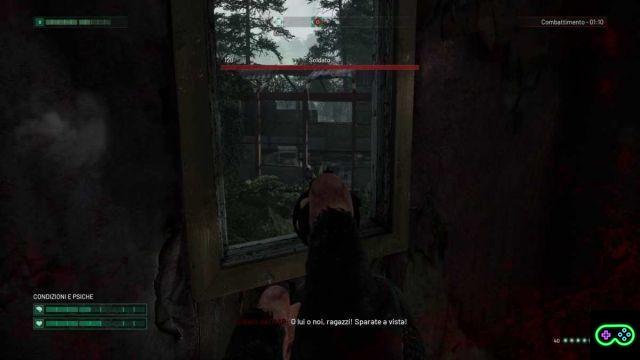
The firefights occur following a very crude gunplay which unfortunately represents one of the weak points of the experience. The very high accuracy of even the initial revolver alone makes firefights rather simple in the case of human encounters since, with a single headshot, there are no AK-47s to hold.
Furthermore, artificial intelligence does not seem to understand correctly the fact that you can fire from a great distance, not reacting correctly to stimuli and indeed, directly pretending nothing has happened. Basically, once you notice the enemies it will simply be necessary to lurk from afar to take them out quickly and painlessly, after a pair of glasses and a steady hand.
A similar discourse can be made to subsequent craftable weapons, equally lethal in wise hands but more suitable for clashes against monsters made of chernobylite.
Fortunately, the presence of these justifies in an excellent way the existence of complex systems of enhancement, all destined to give us a few more chances to survive within the very hostile game world.
Another negative point can be found in the game maps.
The various levels that make up the district of the power plant are characterized by an spurely horizontal and not very vertical development.
The movements allowed to our character, moreover, are not even many and this reduces the process of exploring and cleaning up maps to a simple move slowly along the bushes, with some occasional bait used thanks to the crafting system. Fortunately, the maps are often and willingly propped up with interesting random elements such as merchants, clues, chests or places to break in: all elements that vary the recipe in order to make the overall result more than appreciable.
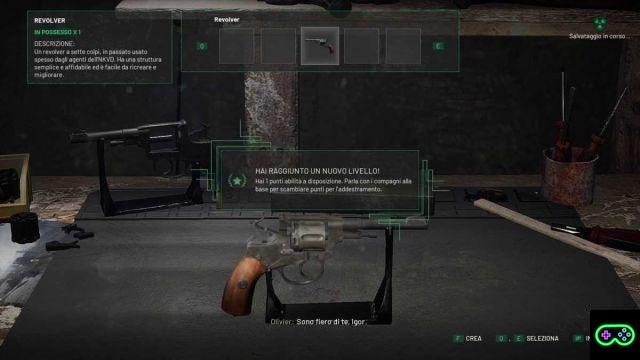
Fortunately, the hybridizations between management and survival are, at the end of the speech, more than welcome in the overall evaluation.
The management mechanics are not heavy or demeaning on the player who can manage them in an agile way by following just a small series of parameters and the collection of resources forces the player to explore the maps far and wide, thus going to take advantage of the events and characters non-players present there.
Basically we are talking about a synergy between two very different souls, for a very interesting final result.
Last very interesting element is the mechanism that, for reasons that we do not tell you, allows the player to go back in time to make certain choices again. The management component of the title, especially when it comes to the relationship between non-player characters and the player, places a lot of emphasis on the importance of choices. In the advanced stages of the game, by investing a large amount of resources, we will be allowed to change the outcome of determining choices in order to translate a disadvantageous situation into an advantageous one. A very interesting choice in our opinion, which fits perfectly into the playful balance made up of too precise guns and correct staff management.
Russian-speaking graphics synonymous with quality
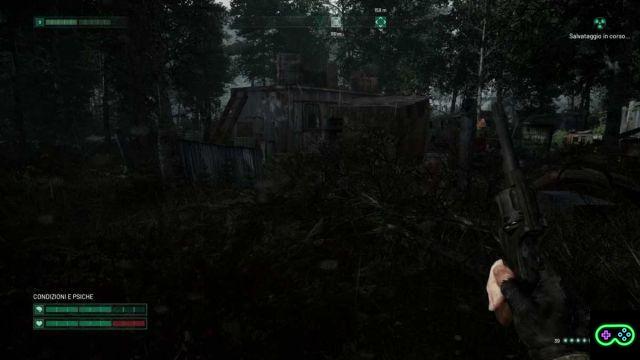
If there's something that honestly never disappoints us it's the technical sector of a video game developed in Eastern Europe.
For reasons that we honestly do not yet fully understand, Eastern European development teams are always technically very gifted from a graphic point of view and Chernobylite fits perfectly into the world of technically first-rate productions.see
While not reaching the levels of total beauty of the latest 4A Games titles (those of Metro, so to speak) Chernobylite is visually impressive even in medium detail.
The polygonal models that make up the environment are on average very well made and the lighting system, combined with all the effects, manages to outline a dark and rarefied atmosphere, letting the player breathe the radioactive area of post-Soviet Ukraine.
The sound sector created by Mikołaj Stroiński, lo same author behind the soundtracks of The Witcher 3: Wild Hunt e The Vanishing Of Ethan Carter.
The heavily atmospheric soundtrack of the title is able to bring back the desolations and the barrenness of the infinite toxic grasslands of the area, helping the player's identification process during the course of history.
Chernobylite is an interesting hybrid between first-person shooter and management, blending two distant natures together with a fairly surprising class. With a very solid technical background, the title of The Farm 51 offers the player a high quality atmosphere, going to tell a rather interesting story in various situations. To hold us back a little from an absolutely positive evaluation we find a gunplay to be refined, a map design that is too horizontal for the possibilities offered to the player and an artificial intelligence to be fixed for the sake of the adventure. Despite all this, the synergy between management and shooter is original and effective, highlighting one of the surprises of this 2021.




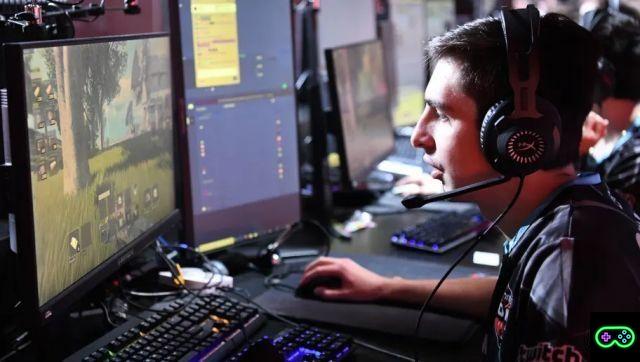
![[The Bear's Lair] God of War: Betrayal and Greek mythology](/images/posts/17432d3b12ecfec44b0b855d20c7520f-0.jpg)



